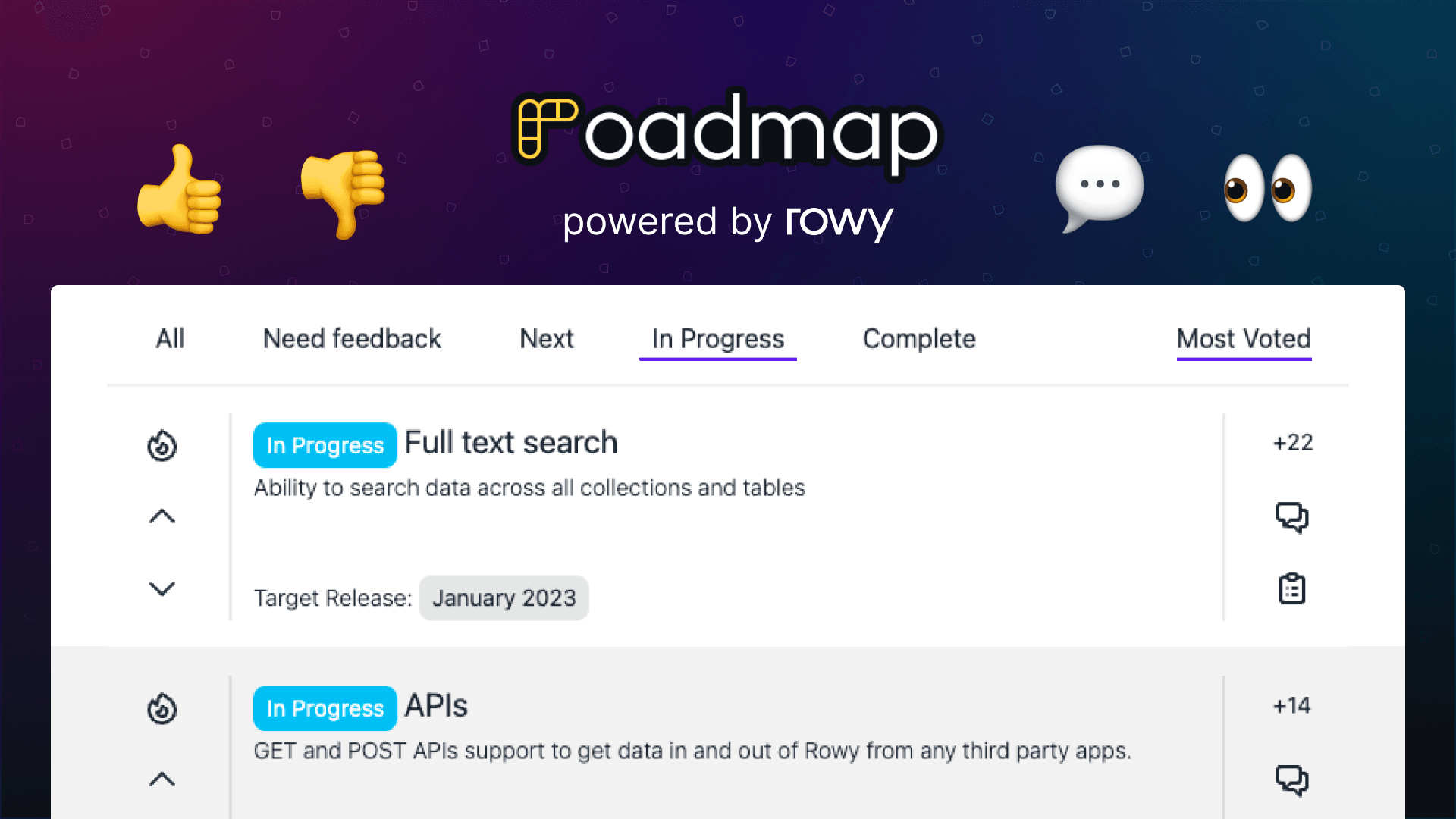Remix on Vercel
Remix is a fullstack, server-rendered React framework. Its built-in features for nested pages, error boundaries, transitions between loading states, and more, enable developers to create modern web apps.
With Vercel, you can deploy server-rendered Remix and Remix V2 applications to Vercel with zero configuration. When using the Remix Vite plugin, static site generation using SPA mode is also supported.
It is highly recommended that your application uses the Remix Vite plugin, in conjunction with the Vercel Preset, when deploying to Vercel.
To get started with Remix on Vercel:
- If you already have a project with Remix, install Vercel CLI and run the
vercelcommand from your project's root directory - Clone one of our Remix example repos to your favorite git provider and deploy it on Vercel with the button below:
- Or, choose a template from Vercel's marketplace:

Ecommerce Template with Crystallize and Remix
A fully-featured eCommerce boilerplate built using Remix and Crystallize with performance in mind.

Remix Boilerplate
A new Remix app — the result of running `npx create-remix`.

Product Roadmap Voting App
Public roadmap app for your product powered by Rowy and Firebase
Vercel deployments can integrate with your git provider to generate preview URLs for each pull request you make to your Remix project.
The package exposes useful types and utilities for Remix apps deployed on Vercel, such as:
To best experience Vercel features such as streaming, Vercel Functions, and more, we recommend importing utilities from rather than from standard Remix packages such as .
should be used anywhere in your code that you normally would import utility functions from the following packages:
To get started, navigate to the root directory of your Remix project with your terminal and install with your preferred package manager:
When using the Remix Vite plugin (highly recommended), you should configure the Vercel Preset to enable the full feature set that Vercel offers.
To configure the Preset, add the following lines to your file:
Using this Preset enables Vercel-specific functionality such as rendering your Remix application with Vercel Functions.
Server-Side Rendering (SSR) allows you to render pages dynamically on the server. This is useful for pages where the rendered data needs to be unique on every request. For example, checking authentication or looking at the location of an incoming request.
Remix routes defined in are deployed with server-side rendering by default.
The following example demonstrates a basic route that renders with SSR:
Vercel Functions execute using Node.js. They enable developers to write functions that use resources that scale up and down based on traffic demands. This prevents them from failing during peak hours, but keeps them from running up high costs during periods of low activity.
Remix API routes in are deployed as Vercel Functions by default.
The following example demonstrates a basic route that renders a page with the heading, "Welcome to Remix with Vercel":
To summarize, Server-Side Rendering (SSR) with Remix on Vercel:
- Scales to zero when not in use
- Scales automatically with traffic increases
- Has framework-aware infrastructure to generate Vercel Functions
with Remix on Vercel is supported with Vercel Functions. See the Streaming page in the Remix docs for general instructions.
The following example demonstrates a route that simulates a throttled network by delaying a promise's result, and renders a loading state until the promise is resolved:
To summarize, Streaming with Remix on Vercel:
- Offers faster Function response times, improving your app's user experience
- Allows you to return large amounts of data without exceeding Vercel Function response size limits
- Allows you to display Instant Loading UI from the server with Remix's and
Vercel's CDN caches your content at the edge in order to serve data to your users as fast as possible. Static caching works with zero configuration.
By adding a header to responses returned by your Remix routes, you can specify a set of caching rules for both client (browser) requests and server responses. A cache must obey the requirements defined in the Cache-Control header.
Remix supports header modifications with the function, which you can export in your routes defined in .
The following example demonstrates a route that adds headers which instruct the route to:
- Return cached content for requests repeated within 1 second without revalidating the content
- For requests repeated after 1 second, but before 60 seconds have passed, return the cached content and mark it as stale. The stale content will be revalidated in the background with a fresh value from your function
See our docs on cache limits to learn the max size and lifetime of caches stored on Vercel.
To summarize, using headers with Remix on Vercel:
- Allow you to cache responses for server-rendered Remix apps using Vercel Functions
- Allow you to serve content from the cache while updating the cache in the background with
Vercel's Analytics features enable you to visualize and monitor your application's performance over time. The Analytics tab in your project's dashboard offers detailed insights into your website's visitors, with metrics like top pages, top referrers, and user demographics.
To use Analytics, navigate to the Analytics tab of your project dashboard on Vercel and select Enable in the modal that appears.
To track visitors and page views, we recommend first installing our package by running the terminal command below in the root directory of your Remix project:
Then, follow the instructions below to add the component to your app. The component is a wrapper around Vercel's tracking script, offering a seamless integration with Remix.
Add the following component to your file:
To summarize, Analytics with Remix on Vercel:
- Enables you to track traffic and see your top-performing pages
- Offers you detailed breakdowns of visitor demographics, including their OS, browser, geolocation and more
By default, Vercel supplies an implementation of the file which is configured for streaming to work with Vercel Functions. This version will be used when no file is found in the project, or when the existing file has not been modified from the base Remix template.
However, if your application requires a customized or file (for example, to wrap the component with a React context), you should base it off of this template:
Defining a custom file is not supported when using the Remix Vite plugin on Vercel.
It's usually not necessary to define a custom server.js file within your Remix application when deploying to Vercel. In general, we do not recommend it.
If your project requires a custom file, you will need to install and import from . The following example demonstrates a basic file:
See our Frameworks documentation page to learn about the benefits available to all frameworks when you deploy on Vercel.
Learn more about deploying Remix projects on Vercel with the following resources:
Was this helpful?

